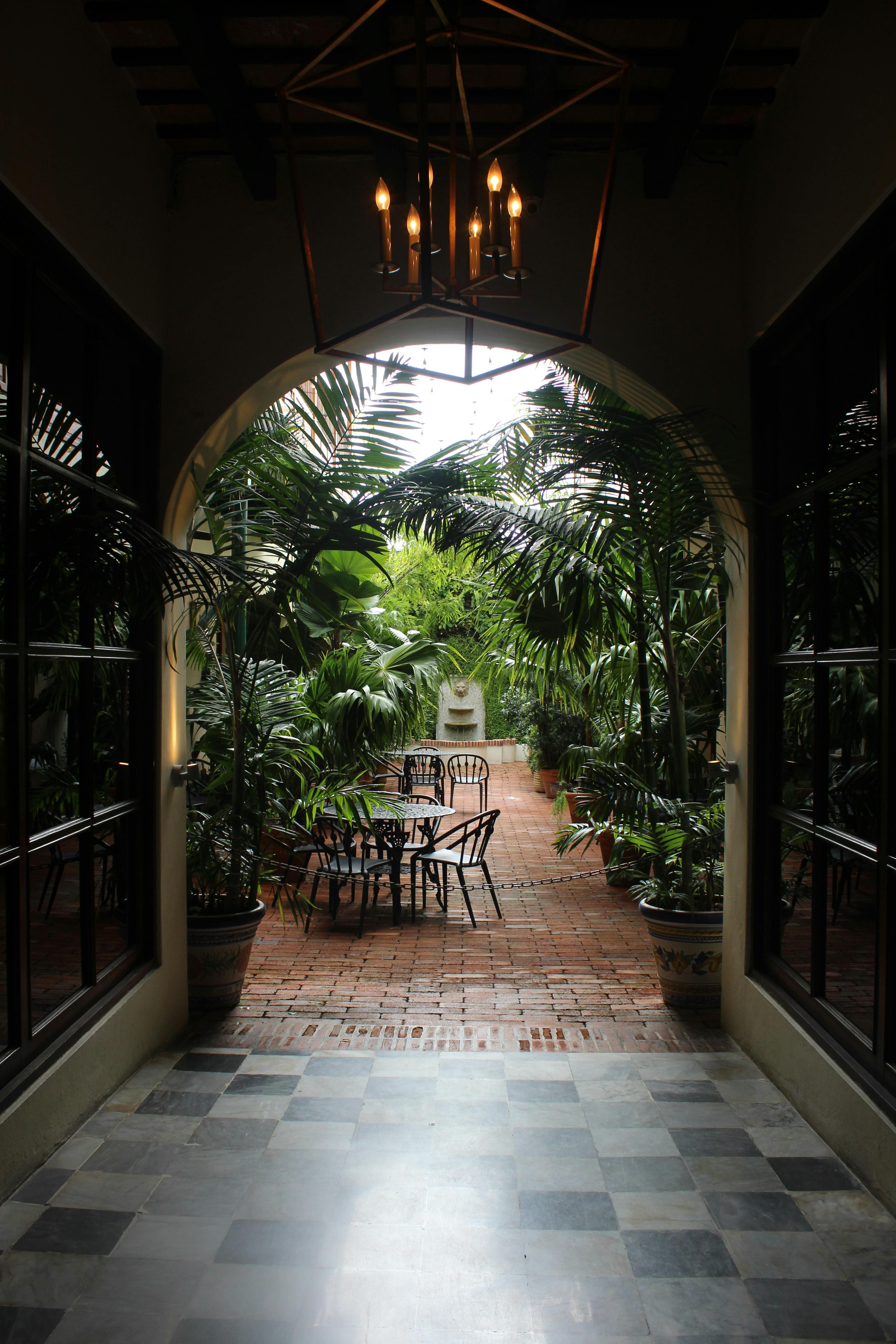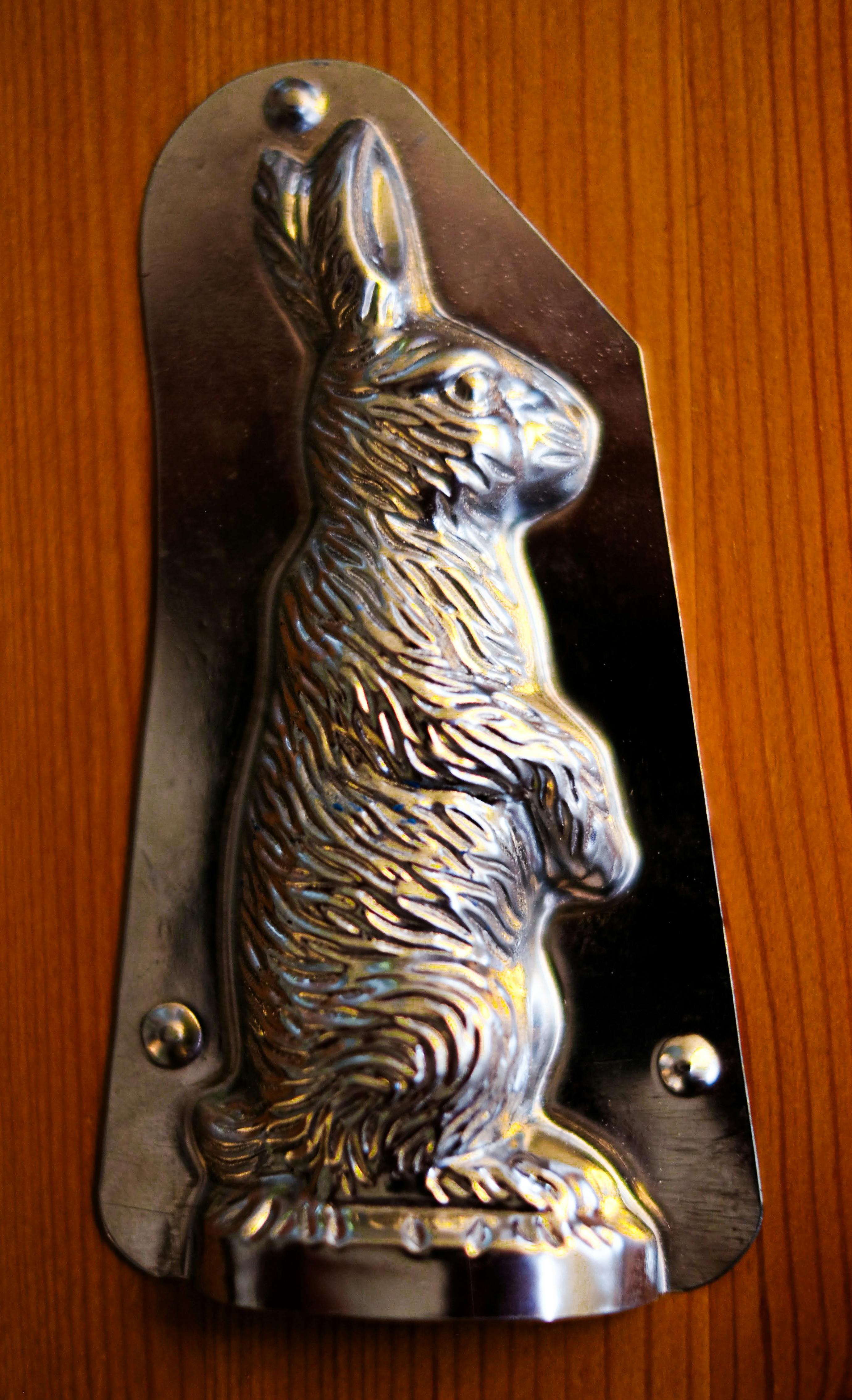Essential Guide to Driftwood for Fish Tank Decor in 2025
Creating a vibrant and healthy aquatic environment is essential for the well-being of fish and other aquatic creatures. One significant element often overlooked in fish tank decor is driftwood. Not only does driftwood enhance the visual appeal of your aquarium, but it also plays a critical role in maintaining water quality, providing shelter, and enhancing the overall fish experience. With various forms, sizes, and types, choosing the right driftwood can transform your aquarium into a striking underwater landscape.
In this guide, we will explore the advantages of using driftwood for fish tanks, the different types available, and how to effectively set up and maintain your aquarium driftwood. Additionally, we'll cover essential driftwood care tips, popular options for enhancing fish tank aesthetics, and best practices for sourcing and treating driftwood. By understanding the significance of driftwood in aquatic environments, you can create a thriving habitat for your fish.
Let’s dive into the fascinating world of driftwood!
Advantages of Driftwood in Fish Tanks
Driftwood is more than just a decorative element in an aquarium; it serves several purposes that benefit both the fish and the overall ecosystem of the tank. One of the primary advantages is its ability to enhance water chemistry. Driftwood releases tannins, which can help lower pH levels and create a more acidic environment preferable for certain species of fish.
Furthermore, driftwood provides essential hiding spots and structures where fish can seek refuge, reducing stress levels. This is especially beneficial in community tanks where fish may feel threatened. The presence of driftwood encourages fish to exhibit more natural behaviors as they explore and interact within their environment.
Also, driftwood can offer attachment points for beneficial bacteria, supporting the biological filtration processes within the aquarium. Thus, incorporating driftwood into your fish tank decor not only improves aesthetics but also promotes a healthier habitat.
Natural vs. Artificial Driftwood
When choosing driftwood for your fish tank, you may encounter two main types: natural and artificial. Natural driftwood, sourced from rivers and lakes, offers an authentic aesthetic and benefits fish health through its natural properties. In contrast, artificial driftwood is designed to mimic the look of real wood but may not provide the same ecological benefits. It's crucial to assess the suitability of each type based on the needs of your particular fish species.
Enhancing Fish Tank Chemistry with Driftwood
One of the standout benefits of driftwood is its impact on fish tank chemistry. As driftwood decomposes, it releases tannic acids into the water. This gradual release can help stabilize pH levels, making the water softer and slightly acidic, creating a suitable environment for fish from Southeast Asian or Amazonian regions. Monitoring these changes is vital, as improper pH can lead to stress in sensitive species.
Choosing the Right Driftwood for Your Aquarium
When selecting driftwood for your aquarium, consider the species of fish you are housing, as certain types of driftwood may suit particular species better than others. For example, consider options like Malaysian driftwood, known for its unique textures and shapes that are excellent for both aesthetics and functional use in the tank.
Driftwood Types for Aquarium Environments
Various types of driftwood cater to different aquascaping needs. Some popular choices include Malaysian driftwood, which is dense and sinks easily, making it an ideal option for aquascaping and natural habitat replication. On the other hand, Vietnamese driftwood is known for its intricate shapes, perfect for enhancing the visual impact of the tank.
Driftwood Size Considerations for Aquariums
The size of the driftwood selected should align with the dimensions of your tank. Smaller tanks may benefit from smaller pieces or even wood chips, while larger tanks can accommodate more substantial pieces that serve as central design elements. Ensure that the driftwood does not overpower the tank or limit swimming space for the fish.
Setting Up Driftwood in Your Fish Tank
Successfully incorporating driftwood into your fish tank requires careful planning and setup. Begin by rinsing the driftwood to remove any dust or contaminants. If you have chosen natural wood, soaking it in water for several days can help reduce floating residues and allow it to sink in the aquarium.
Step-by-Step Process for Installing Driftwood
1. **Preparation**: Clean the driftwood thoroughly and soak it to reduce buoyancy.
2. **Arrangement**: Strategically place the driftwood to create natural hiding spots and enhance swim pathways for fish.
3. **Securing**: Ensure that the driftwood is anchored or weighted down correctly to prevent it from floating to the surface.
4. **Lighting**: Consider the lighting effects on the driftwood; natural wood may create shadows and enhance the ambiance of the tank.
Creating Natural Habitats with Driftwood
Utilizing driftwood in combination with live plants can replicate natural habitats, ultimately improving fish contentment and health. Incorporating plants that thrive alongside driftwood can increase tank biodiversity, providing additional hiding spots and feeding areas for fish. Furthermore, it's essential to consider species compatibility; ensure that the selected plants and driftwood types align with the needs of your fish species.
Maintaining Driftwood in Aquariums
Regular maintenance of your driftwood is crucial to ensure long-term health and hygiene in your aquarium. Over time, driftwood may accumulate algae or debris, which can impact water quality and aesthetic appeal.
Cleaning and Caring for Driftwood in Fish Tanks
1. **Routine Checks**: Regularly inspect your driftwood for algae growth and debris buildup.
2. **Cleaning Techniques**: Use a soft brush or cloth to gently clean the surfaces without damaging the wood. Avoid using harsh chemicals that could leach into the water.
3. **Pruning and Adjusting**: If using live plants alongside driftwood, ensure to prune them as needed to prevent overgrowth that may overshadow the driftwood.
Monitoring Water Quality with Driftwood
The impact of driftwood on water quality must be monitored continuously. Driftwood can influence water conditions, causing fluctuations in pH, so regular water testing is recommended. If significant changes are detected, consider adjusting other elements in your aquarium to maintain a balanced ecology.
Q&A: Common Questions About Driftwood for Fish Tanks
1. What types of fish benefit from driftwood?
Driftwood is particularly beneficial for fish species originating from acidic waters, such as many catfish and tetras. These species often thrive in environments that mimic their natural habitats.
2. Can I use driftwood from local rivers?
While many hobbyists consider using local driftwood, it's crucial to ensure that the wood is free from chemicals, pesticides, and pathogens that can harm aquatic life. Proper treatment and cleaning are essential before introduction to your tank.
3. How does driftwood affect fish behavior?
Driftwood can create natural barriers and shelter, leading to reduced stress among fish. Fish often use driftwood for hiding and as an exploration area, promoting more active and natural behaviors.
4. How often should I replace driftwood in my aquarium?
Driftwood does not need to be replaced regularly, but it’s essential to inspect it for deterioration or excessive algae growth. If you notice significant degradation or if it becomes unsightly despite cleaning, consider replacing it.
Conclusion: Embracing Driftwood in Your Fish Tank
Incorporating driftwood into your fish tank decor offers both aesthetic and functional benefits, significantly contributing to the health and happiness of the aquatic inhabitants. Whether you're looking for unique driftwood shapes to enhance your aquascape or practical care tips for maintaining your driftwood setup, understanding its impact is crucial in creating a harmonious underwater habitat.
Remember to consider the specific needs of your fish species when selecting and maintaining driftwood, and regularly monitor water quality to ensure a thriving ecosystem. Embrace the beauty of driftwood in your aquarium as a means of enriching the lives of your fish, fostering a natural habitat that showcases their behavior and enhances the visual splendor of your tank.


